The composition of the icon connects a large image of the Miracle of St. George is about the serpent and the stamps of the holidays located on the top and
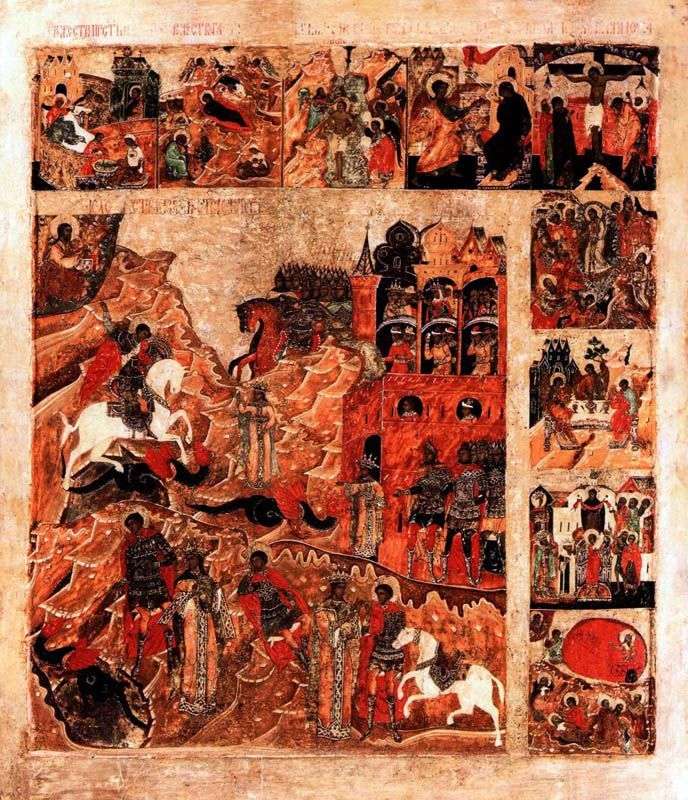

The composition of the icon connects a large image of the Miracle of St. George is about the serpent and the stamps of the holidays located on the top and
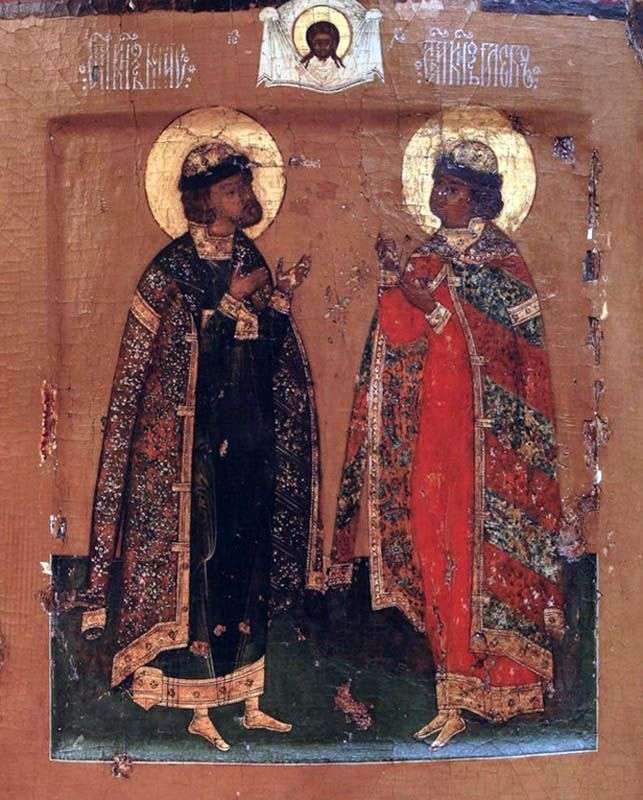
The holy princes Boris and Gleb are represented in richly decorated ornaments. The technical perfection of performance is combined with an impeccable sense of line and color, with the refinement

It comes from the Assumption Church in the village of Krivoye, Arkhangelsk region. The icon probably was a temple image of a small ancient church in the name of the

The frame of the icon, with the 10 stigmas of the confessors on it, is an iconographic rarity. Slender proportions of figures stylized in the spirit of Yaroslavl painting of
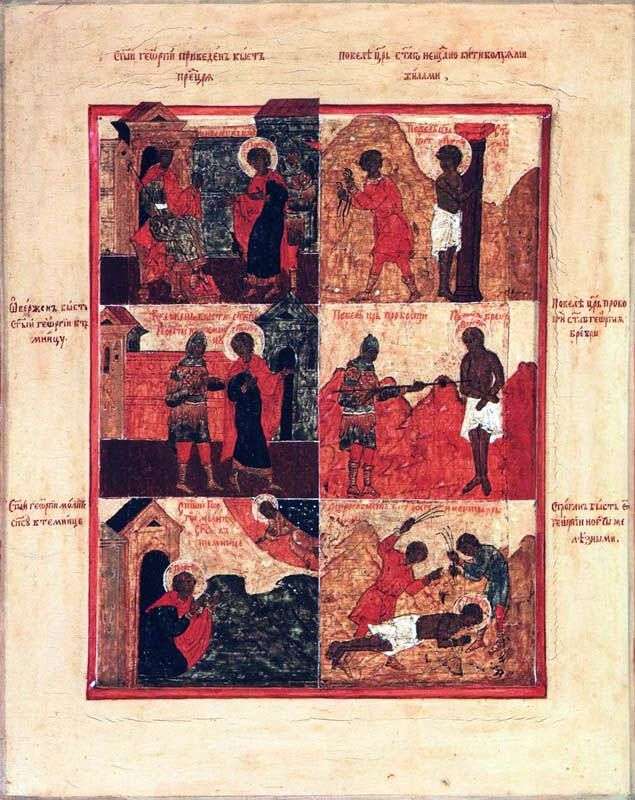
The sequence of scenes on the sidebar can be read in different ways. Traditional, more appropriate to the content of the literary suffering of St.. George, is the next option.

The icon is one of the lists with the miraculous image of the “Our Lady of the Sign of the Kursk-Root”. According to the legend, this icon, repeating the iconography
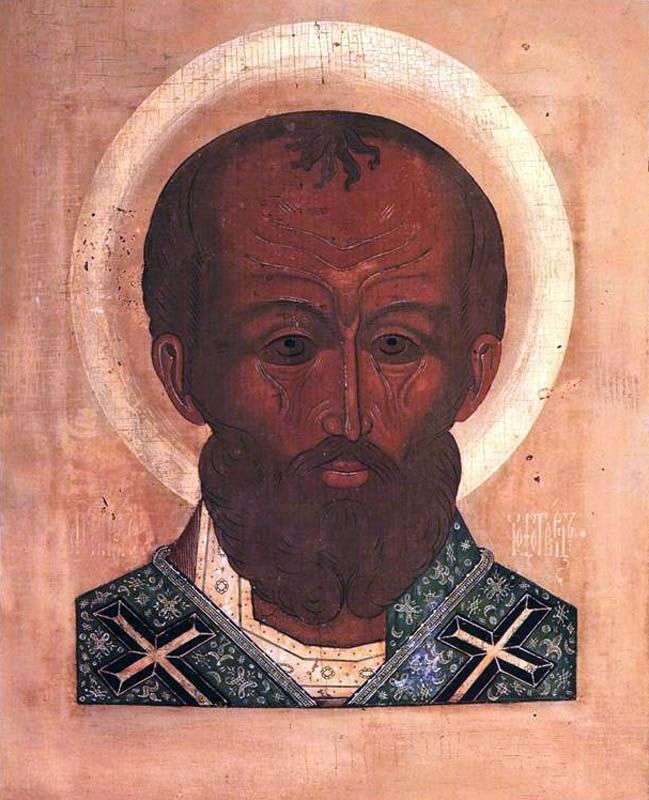
The icon was created at the end of the 19th century, when works of ancient Russian painting were already known in their original form, free from distorting later layers, and
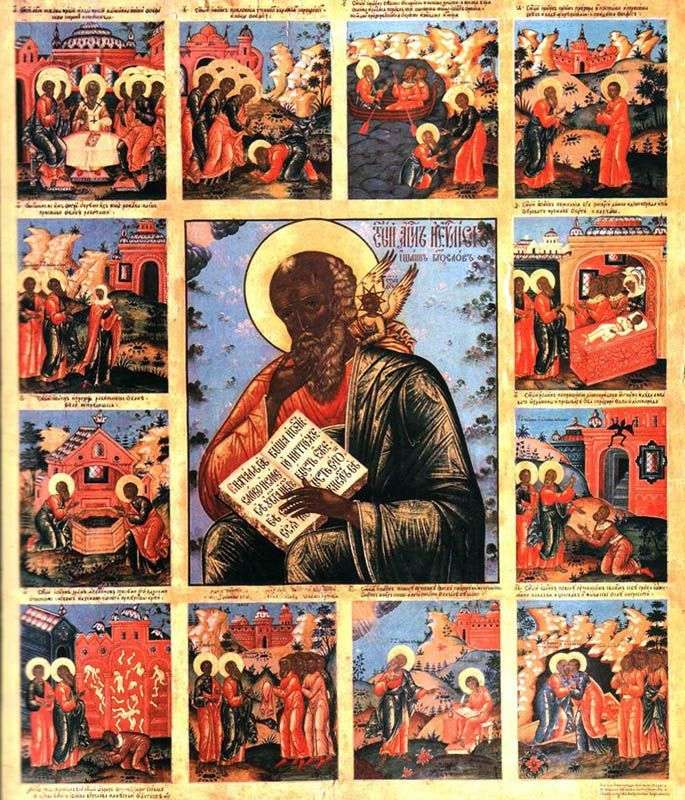
Icons of St. John the Divine in the life are a rarity. Even more rare are the iconic icons of this saint, in the centerpiece of which he is depicted

The lower field of the original board is much wider than the top, from which it can be concluded that the icon had a handle and was a two-sided precessional

Icon of the festive row of the iconostasis. The original detail of the iconography – Velum is not thrown between the buildings, as usual, but hangs from the turret top
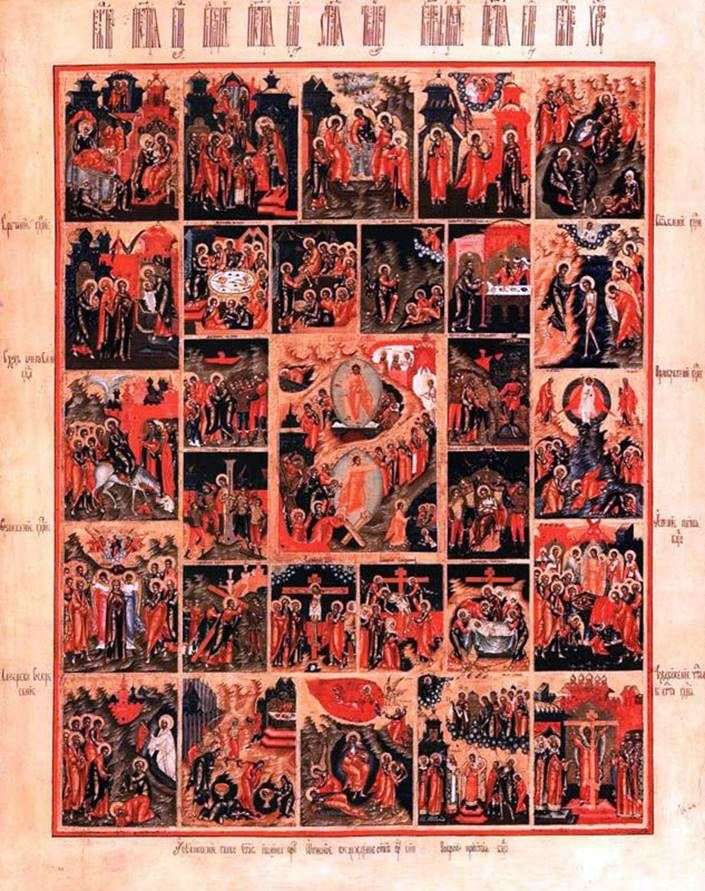
The resurrection of Christ is represented as the “Rise from the Sepulcher” and “Descent into Hell”, with other scenes that have become traditional for the unfolded composition of the Resurrection

According to the evangelical text and the established iconographic scheme, the folk master narrates about the life, death and the bright Resurrection of Jesus Christ. “Reading” the icon, one can

Iosif Semenovich Chirikov belonged to the Mstera elite. His works and works of his studio differed virtuosity of execution. Recently discovered and received in the Armory Chamber, the folding of
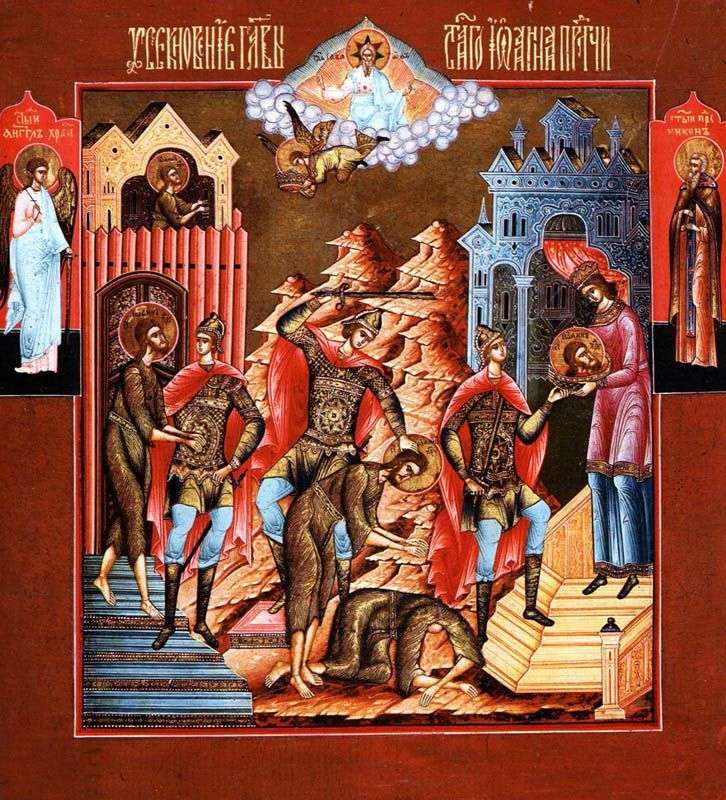
Used in the Russian iconography of the later period, the version of the Beatitude of the Forerunner’s section with additional scenes of the prayer of the Forerunner in the dungeon,
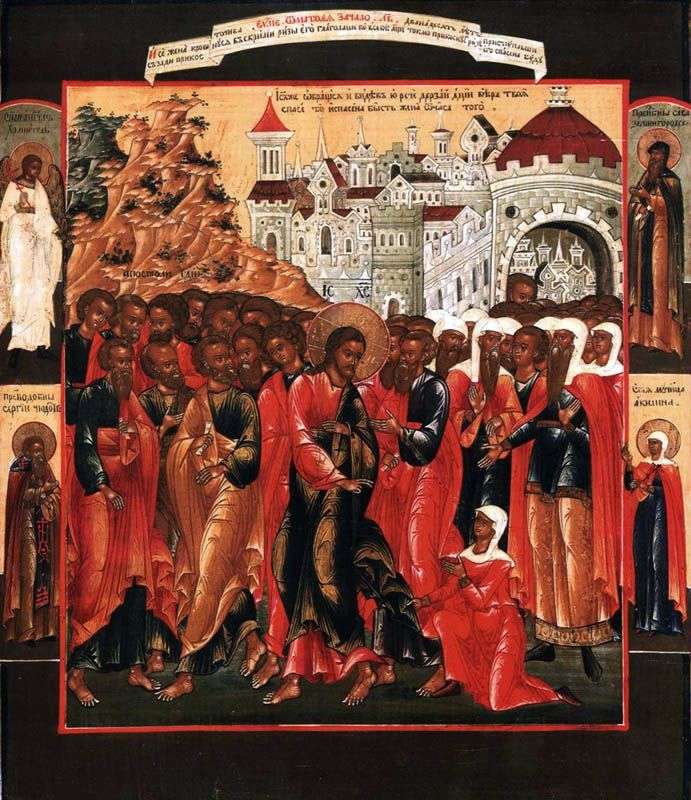
Composition to the text of the Gospel according to Matthew. A crowded scene is skilfully arranged. In the fields the Guardian Angel, Sawa Zvenigorodsky, Sergius of Radonezh and the martyr
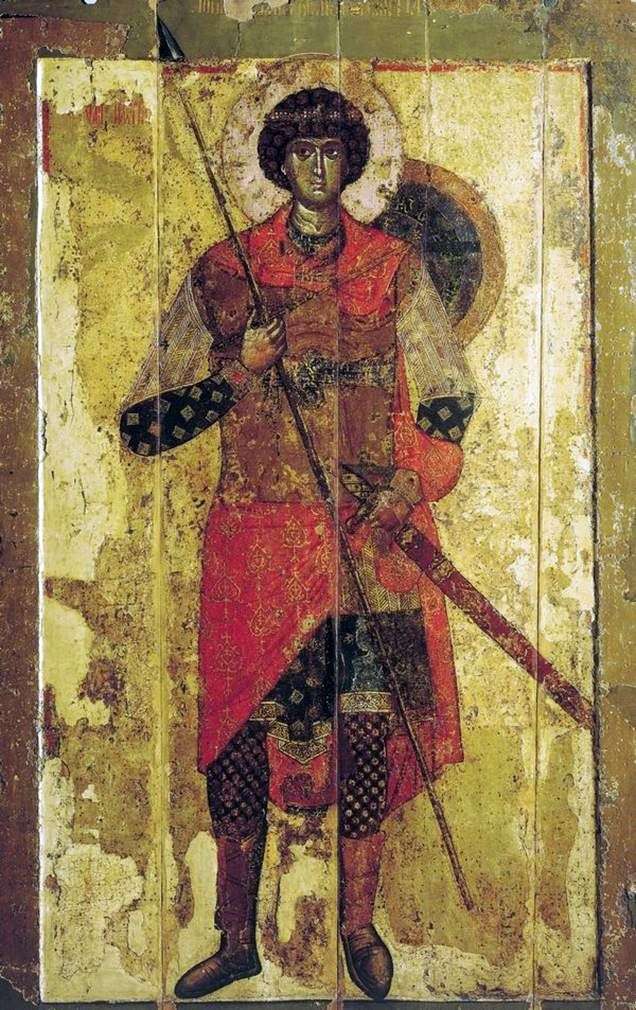
In the image of George, the unknown artist managed to realize the national ideal of military valor. Slightly touched by a blush young calm face. Huge eyes look openly and
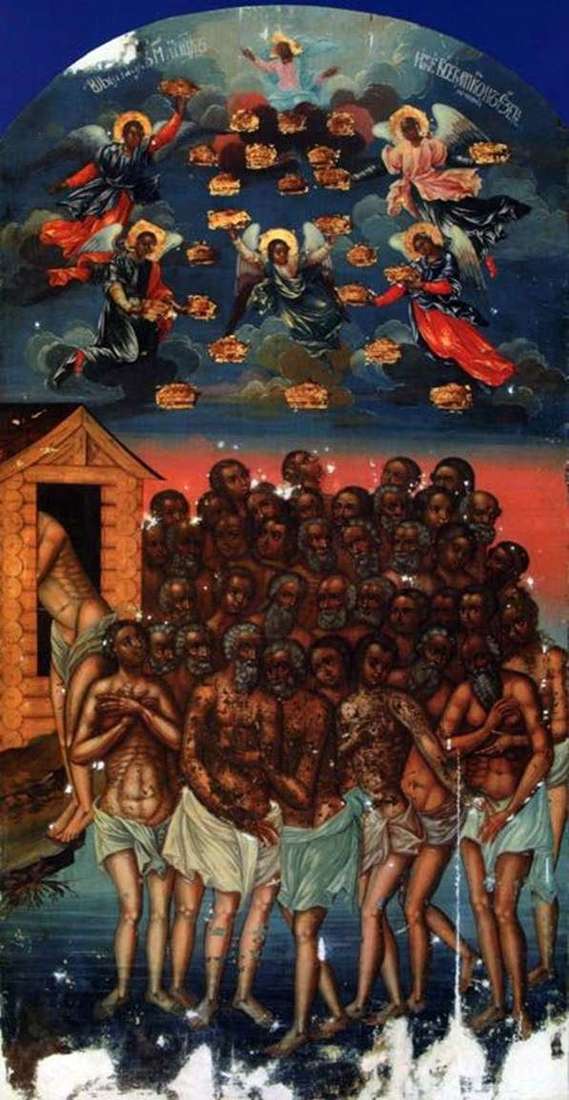
The icon depicts the martyrdom of 40 soldiers of the Roman army convicted to death for the confession of Christianity in Sebastia about 320 g. It was winter. The warriors

Moscow. St. John the Evangelist is an apostle and evangelist, the author of one of the four Gospels, the three epistles and the text of the Apocalypse, also called the

To the right is the patriarch Modest, standing in a hilly landscape, whose gaze is facing the Trinity of New Testament, sitting in the sky. Below left – 9 hallmarks

According to the church legend, the icon was revealed during the service of the Apostle Thomas in Arabia. The image of the Mother of God is full of simple-hearted charm.
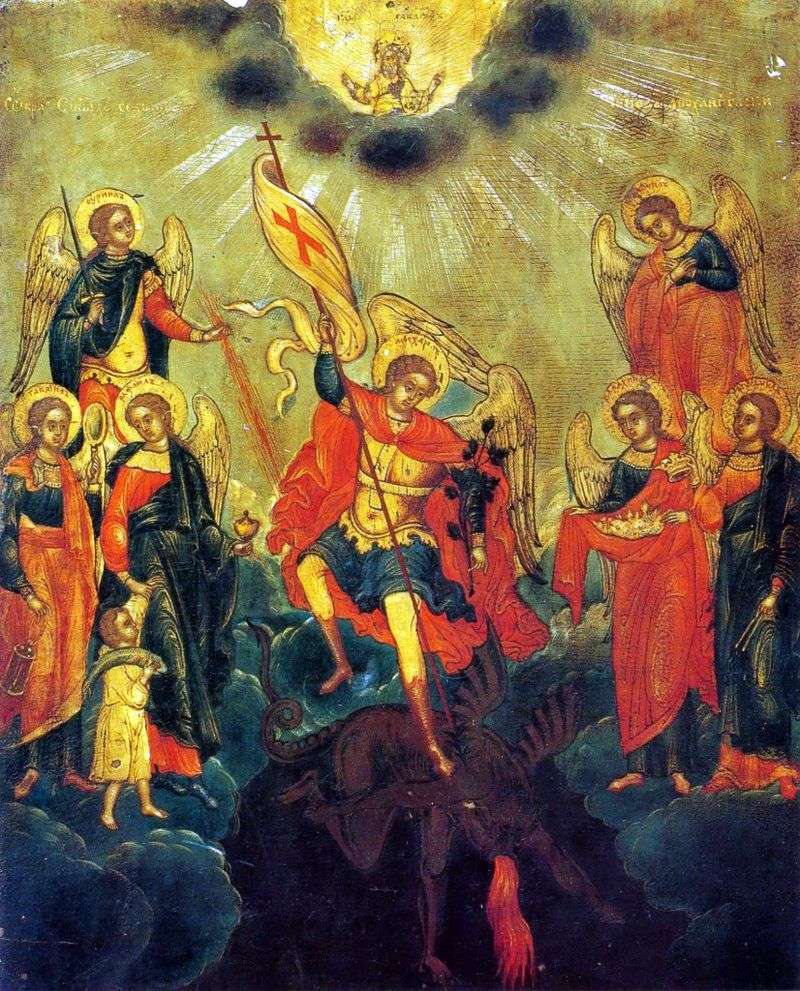
According to Dionysius the Areopagite, the archangels belong to the heavenly powers, which are in close proximity to the earthly world and man. The archangel Michael is the head of